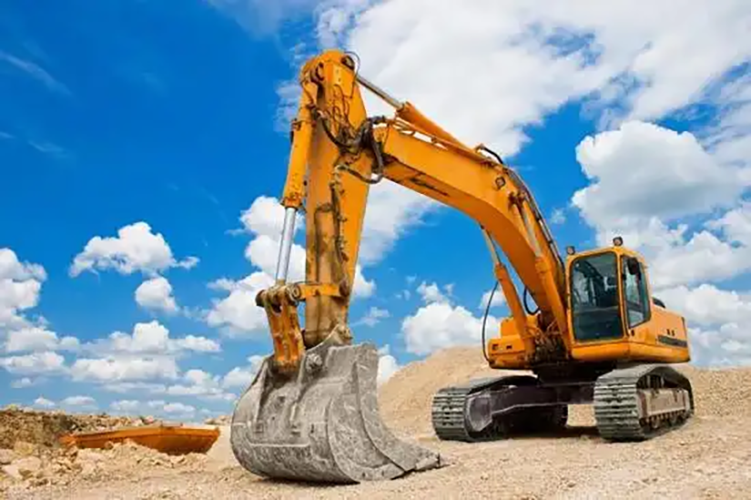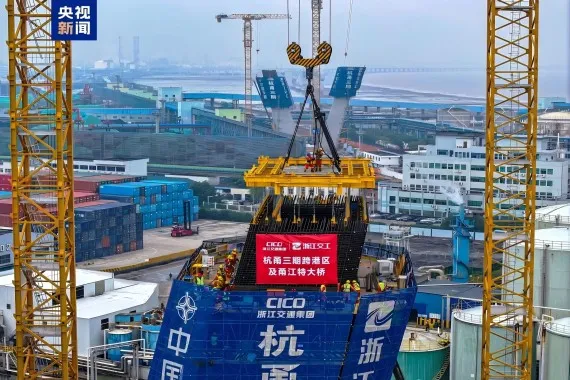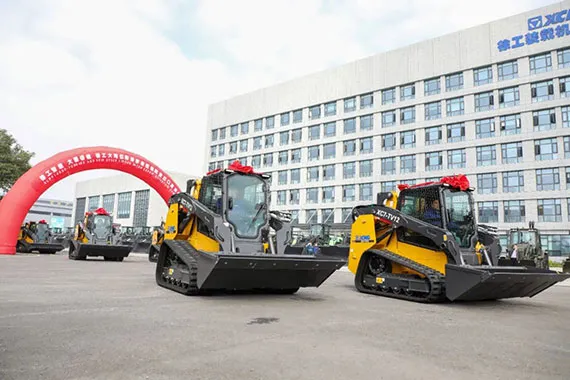What Are Your Obligations as an Excavator
By Enbridge Gas
Accidentally hitting a natural gas line
during an excavation is very dangerous and completely preventable. Here’s how
to avoid serious risks and stay safe.
Unsafe digging is more common than you may think: on average,
seven natural gas lines are damaged every day in Ontario as a result of not
following safe digging guidelines.
“There have been incidents and close calls on job sites,
unfortunately,” says Nectar Tampacopoulos, Manager, Linear Operations, Region
of Peel. “There have been incidents when, even once a utility was exposed, the excavator wasn’t using safe practices—they were using a high hoe instead
of hand digging around the line—and they’ve actually hit the live utility at
times.”
For every construction project, it’s your responsibility to
request a locate from Ontario One Call before you dig—it’s free and it’s the law.
Once you have locates in hand, it’s important to follow safe digging practices
around all utility lines and pipes to avoid an unsafe situation.

What are the consequences?
Let’s take a closer look at the
consequences of damaging a natural gas line:
- Seriously hurting yourself or coworkers.
- Incurring expensive legal and repair costs, serious
penalties and charges.
- Losing productivity by bringing your project to a
stop.
- Jeopardizing future contracts and your reputation.
- Interrupting natural gas service to the
neighbourhood.
1. Have your locate
information on-site
Your locator will provide you with a physical or digital locate
sheet that shows the work area. They’ll also mark the area with flags and/or
paint to identify the location of underground utilities. Check that your
locate sheet matches the flags/paint markings on the ground before starting any
work.
2. Keep a safe
clearance from locates
Keep a one-metre safety clearance on either side of your locate
marks. This is known as the “tolerance zone”.
3. Always dig around a
natural gas line by hand first
If you’re digging in the tolerance zone, you must use a shovel
or hydrovac to carefully expose the natural gas line before digging with heavy
equipment.
4. Support the natural
gas line
Install a temporary steel or wood support system to prevent the
natural gas line from bending or sagging during excavation.
5. Shore up appropriately
For deep trenches, place boards or other bracing against the
excavation walls to prevent the trench from collapsing and damaging lines.



















